
Hello friends, today we are in Segovia. Segovia is one of the three historic cities located just an hour away from Spain’s capital, Madrid. We first visited Toledo, then we went to Avila and now we are in Segovia. This is a beautiful city and I already love it.




We started our tour right in the center at Plaza de San Martín, where you can find the Church of San Martín, dating back to the 10th century. However, the city itself was founded by the Romans in the 80s bc. Later it was taken over by the Muslims, but after the city was reclaimed the royal family settled here. Many historical events connected to the royal family took place in Segovia. Most of you might have heard of the Treaty of Segovia. As the name suggests this treaty was signed right here. As for the church, it was of course, rebuilt. For example, the main portal was added in the 10th century and the tower was also rebuilt around the same time. On the main portal, there are four Gospel figures.





The city is fascinating not only for its tourist spots but also for its surroundings and city texture. This texture blends with the facades of the buildings, which are really eye-catching. I haven't seen so many facades made with plasterwork anywhere else. Apparently this craftsmanship has been here for a long time, as some buildings are older and weathered by time, while others have fresher plaster and more modern ornamentation. Granite buildings also add to the diversity. They feature stone carvings and look quite authentic. Despite being a small city unlike other small cities, Segovia is densely built with numerous historical buildings. If you climb to a high point, you’ll be rewarded with breathtaking views of the surrounding fields. This is unusual to me because it’s not common to see fields from the city center. Of course, as you move away from the city center the buildings become more modern, but this density is interesting, at least to me.


Our next stop was the ancient Roman aqueduct, which is the symbol of Segovia. It was built around the 50s bc, shortly after the Roman Empire established this city. This is one of the most impressive aqueducts I have ever seen. Its length is remarkable, as it starts from the top of a mountain and brings water to the city over a distance of 18 kilometers. The most striking aspect is that it is incredibly well-preserved and located right in the city center. This magnificent structure standing 28 meters high, features 167 arches of varying heights. An interesting fact is that the aqueduct was built entirely without mortar. The granite blocks stay in place solely by their weight. There’s also an intriguing legend about the aqueduct. Before it was built a young girl living in the area had to climb the mountain every day to fetch water. One day exhausted, she wished for a solution and asked a demon for help. The demon promised to build the aqueduct in one night in exchange for her soul. The demon came very close to completing the construction, but just before placing the final stone, the sun rose and the demon lost. According to legend, the last stone the demon was about to place is now replaced by a statue of the Virgin Mary. This story reminds us to be careful what we wish for. 😊
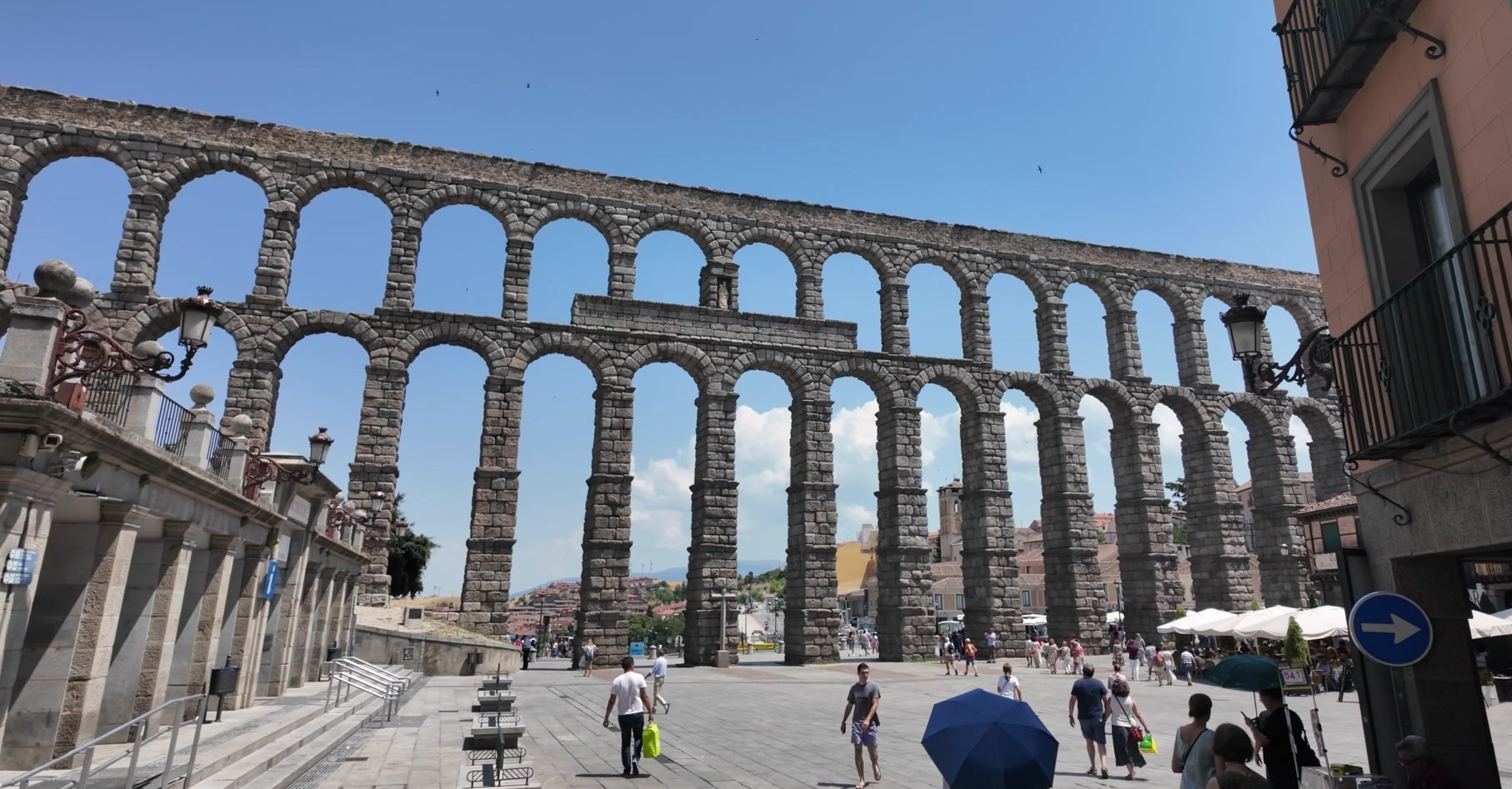


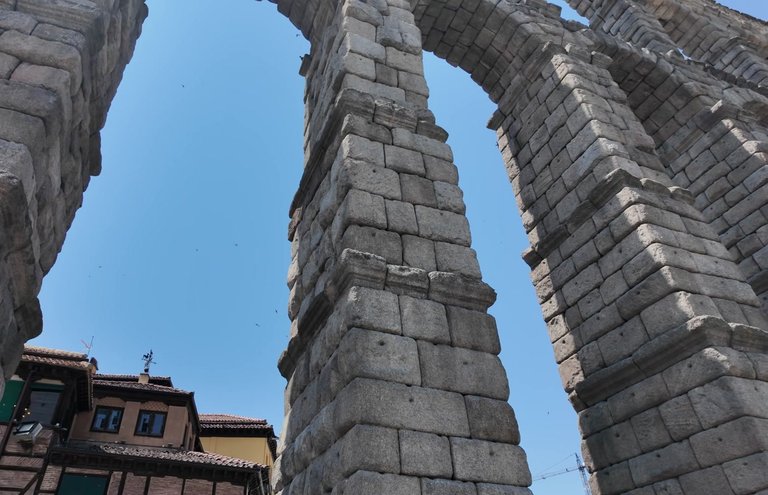



Another important structure we visited in Segovia is the Alcázar Castle, built in the 10th century by Alfonso VIII. Before this there was a Roman fortress here, followed by a fortress built by the Moors. Alfonso VIII transformed the castle into a royal residence and it was renovated over time. The characteristic slate roofs, which give the castle its iconic appearance, were added in the 15th century. This castle is known as the residence of Queen Isabel and King Ferdinand. Queen Isabel’s ascension to the throne took place here. After the sudden death of her father Enrique II, Isabel came to Segovia and declared herself queen. Her husband the Prince of Aragon supported her, which led to the signing of the historic Treaty of Segovia. This treaty is known as one of the most famous marriage contracts in history.















Lastly we visited the Segovia Cathedral, known as Spain’s last Gothic cathedral. Construction of the cathedral began in the 15th century and it features elements of Gothic, Renaissance, Baroque and Neoclassical styles. Inside the cathedral there are decorative elements and stained glass windows from different styles and periods. And the 88-meter-high bell tower was known as Spain's tallest tower until 1614.

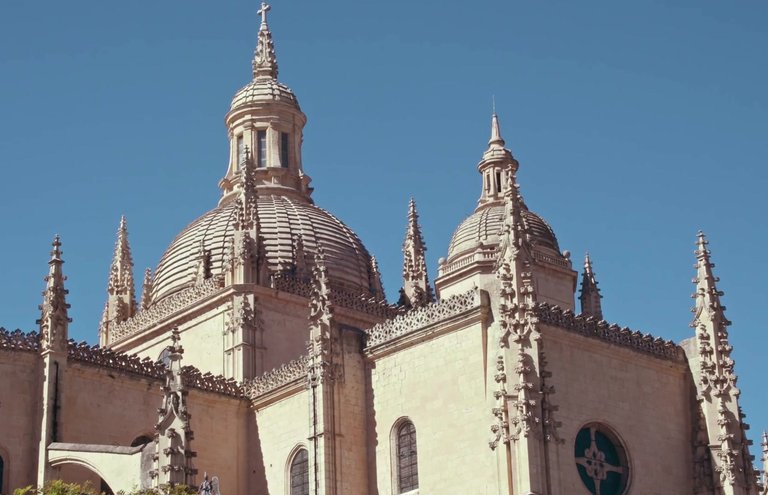






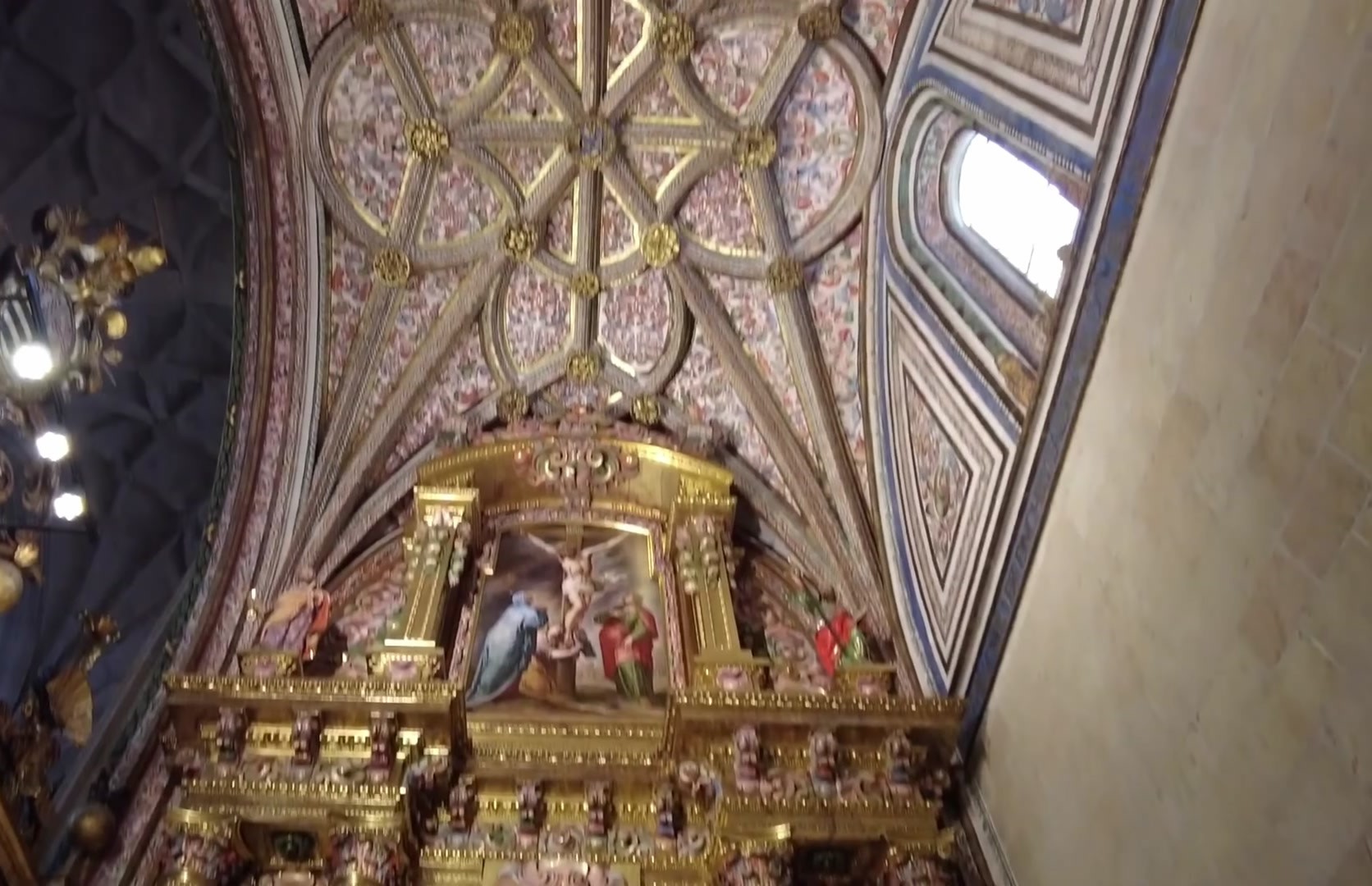

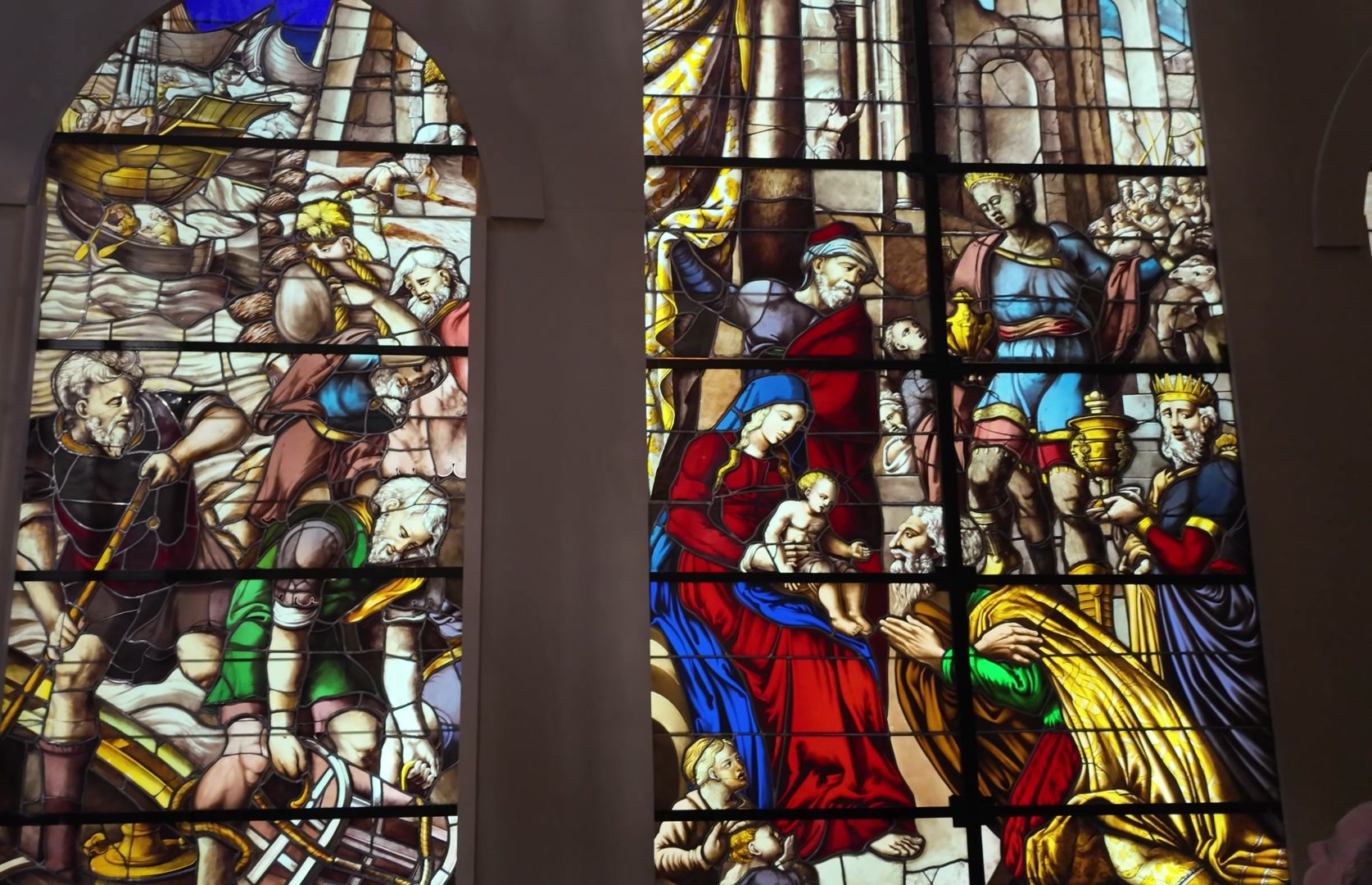




And I ended my tour in the main square and once again, I find myself at Plaza Mayor. As you know many main squares in Spain are called Plaza Mayor, though not all. In Segovia the intricately carved facades really impressed me. This is really a standout feature and adds a unique charm to the city. The city is very pleasant, very compact, very friendly and very clean, which is quite important. That's why I highly recommend visiting here someday.





